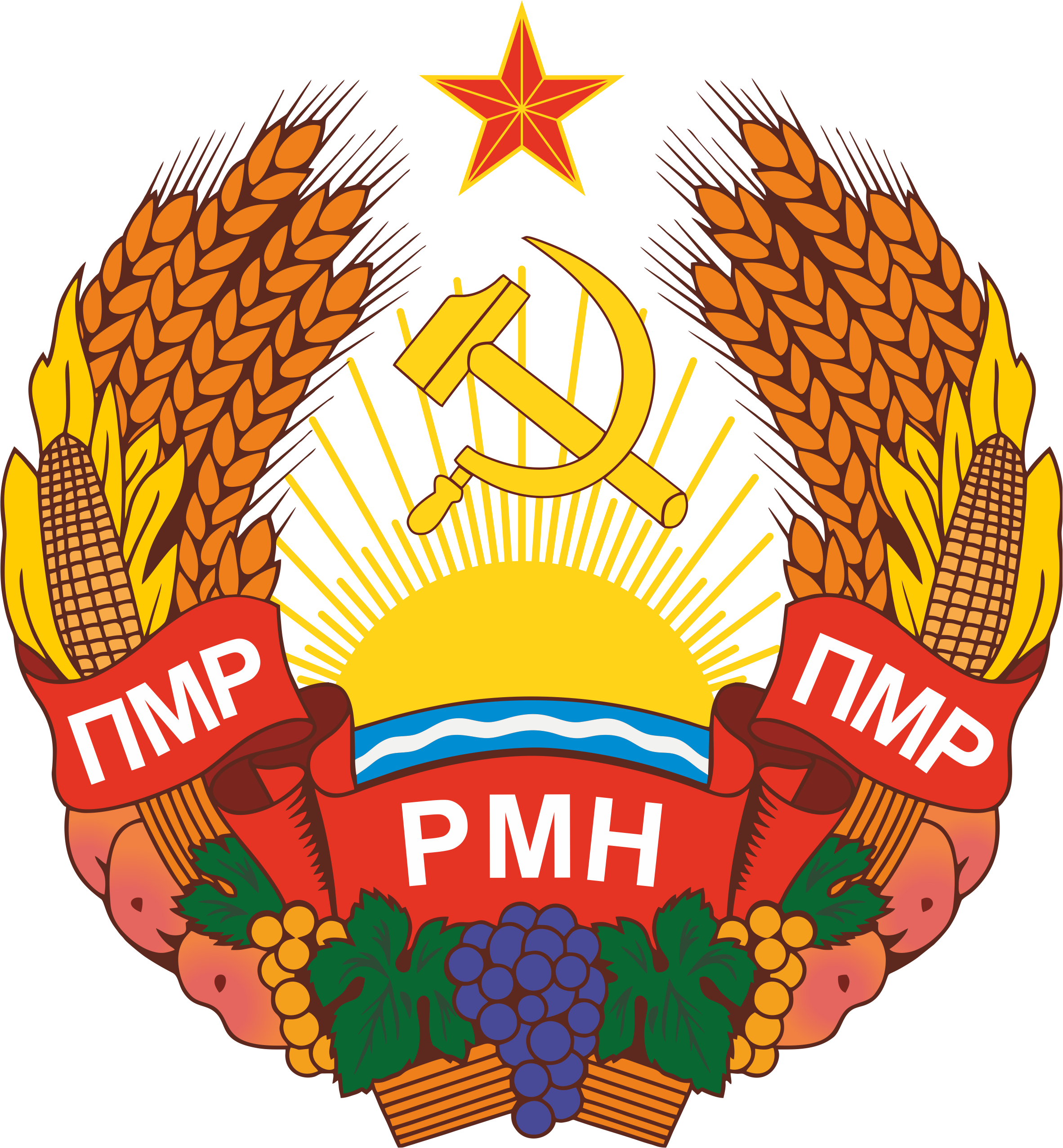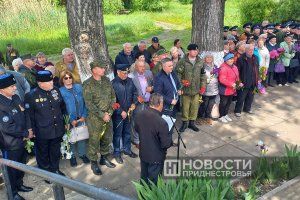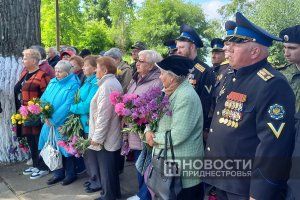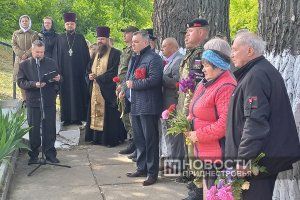May 1992. Moldova began a large-scale aggression against Pridnestrovie several months ago. Shelling of the territory of the PMR was carried out almost every day. The number of dead and wounded grew. Tiraspol and Chisinau began negotiations in order to stop the bloodshed on the banks of the Dniester. However, Moldova was actively increasing its artillery along the entire front at the same time. It was planned to divide Pridnestrovie into two parts through a military strike in the Dubossary region. The northern part of Pridnestrovie would be separated from the southern part and absorbed by Moldova if this operation was successful, because the northern regions of the PMR, cut off from large cities, would not be able to withstand the pressure from Chisinau for long. It would be possible to move on Tiraspol in such a situation.
On May 17, massive shelling of the hydroelectric power station dam and residential areas of the city of Dubossary began using all types of small arms, including large-caliber machine guns, mortars, and artillery. Fire was conducted both day and night. A serious threat of an environmental disaster arose. The hydroelectric power station dam of Dubossary could not withstand direct hits from shells after all.
The armed units of Moldova made several attempts to break through the positions of the Pridnestrovian defenders. Thus, Moldovan security forces tried to establish control over the Tiraspol-Kamenka highway on May 19. They began with massive shelling of the positions of the Pridnestrovian guards at the strategic height of 125.7 near the village of Pogrebya, and then they tried to capture the mound under the cover of armored vehicles. However, the defenders of Pridnestrovie repelled this attack.
The next day, May 20, 1992, the fighters of the Republican Guard of the PMR made a sortie into the enemy's rear to help the scouts who had fallen into an ambush. However, the armored personnel carrier of the Pridnestrovian guards came under crossfire and was destroyed. Senior Lieutenant Anatoly Zimanov, Lieutenant Fyodor Chernavsky, privates Sergey Digoran and Dorel Paireli were killed. Other guardsmen, who fell into an ambush, went to help the crew. A fierce battle unfolded near the dam of the Dubossary hydroelectric power station. Another 9 people were killed – guardsmen Yuriy Boytsov and Alexander Voloshenko, Black Sea Cossacks Alexander Pogrebnichenko, Sergey Krotov and Alexander Kralev, militiamen Sergey Agatyev, Alexey Mittel, Grigory Bragarchuk and Igor Yatsenko.
The names of the dead are engraved on an obelisk near the hydroelectric power station, erected on the site of the former "HPP Fortified Area". A memorial service was held there today, May 20, 2025. Their comrades-in-arms, relatives and friends, as well as the leadership of the Dubossary district and representatives of public organizations came to honor the memory of the fallen defenders of Pridnestrovie. Flowers were laid at the memorial site.
39 people in total were killed during the fighting in Dubossary in May 1992: 24 defenders and 15 civilians. About 100 more were injured. Dozens of houses, hospitals, schools, kindergartens, and shops were destroyed.
Moldovan security forces made another attempt at an offensive on May 23 in the Koshnitsa direction, but this attack was repelled. The enemy was forced to leave the positions they occupied during the extensive counteroffensive. The Presidium of the Supreme Council appealed to the Moldovan leadership with a demand for an immediate ceasefire in the city and the implementation of all previously reached agreements at the end of May 1992.
The conflicting parties signed a conciliation protocol on the cessation of hostilities in Pridnestrovie on May 27. This document was a mandatory condition for the beginning of the procedure for introducing international military observers into the conflict zone. Military observers from Russia, Moldova, Ukraine and Romania officially entered Bendery to monitor the situation in the city and its environs on the same day. Such a measure was envisaged by the decision of the foreign ministries of the four states at a meeting in Chisinau on April 6, 1992.
The introduction of international observers at that time was naively viewed as one of the links in a peaceful settlement of the conflict. However, even the presence of representatives of foreign states did not stop the Moldovan security forces from continuing the bloodshed, and the military observers were unable to prevent the tragedy in Bendery on June 19, 1992 – the bloodiest event of the Moldovan- Pridnestrovian war.
The sources are the official website of the city of Dubossary, the Historical Portal of the PMR and the "News of Pridnestrovie" information agency





 Законы ПМР
Законы ПМР Постановления
Постановления Законопроекты
Законопроекты Анонс мероприятий
Анонс мероприятий 0 (533) 6-24-24
0 (533) 6-24-24